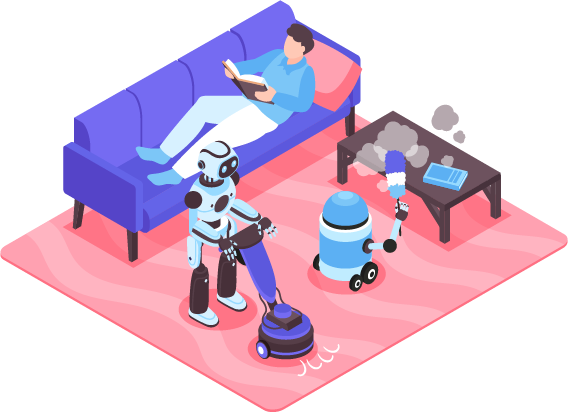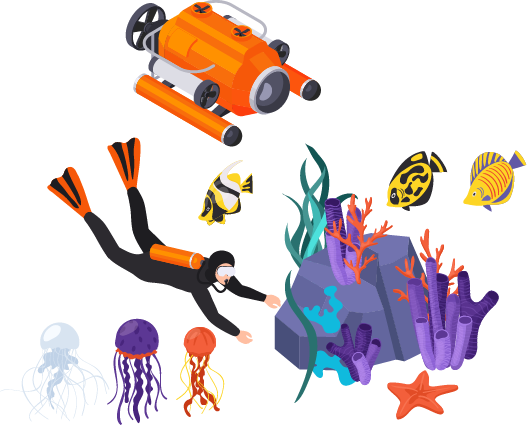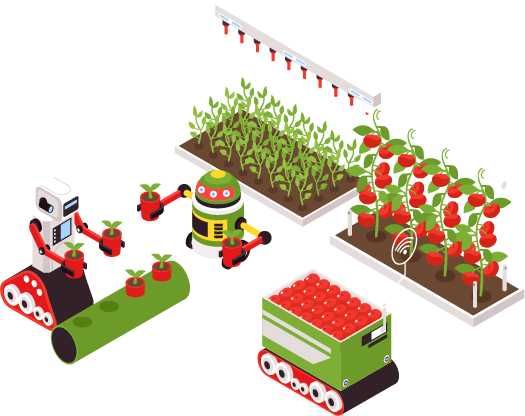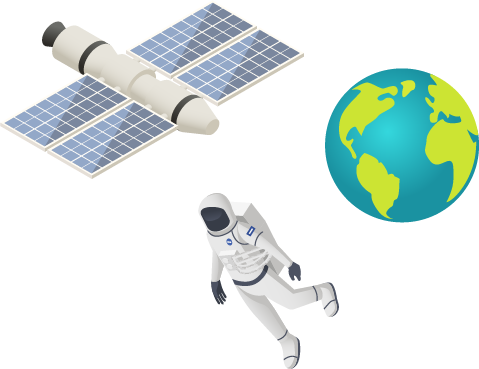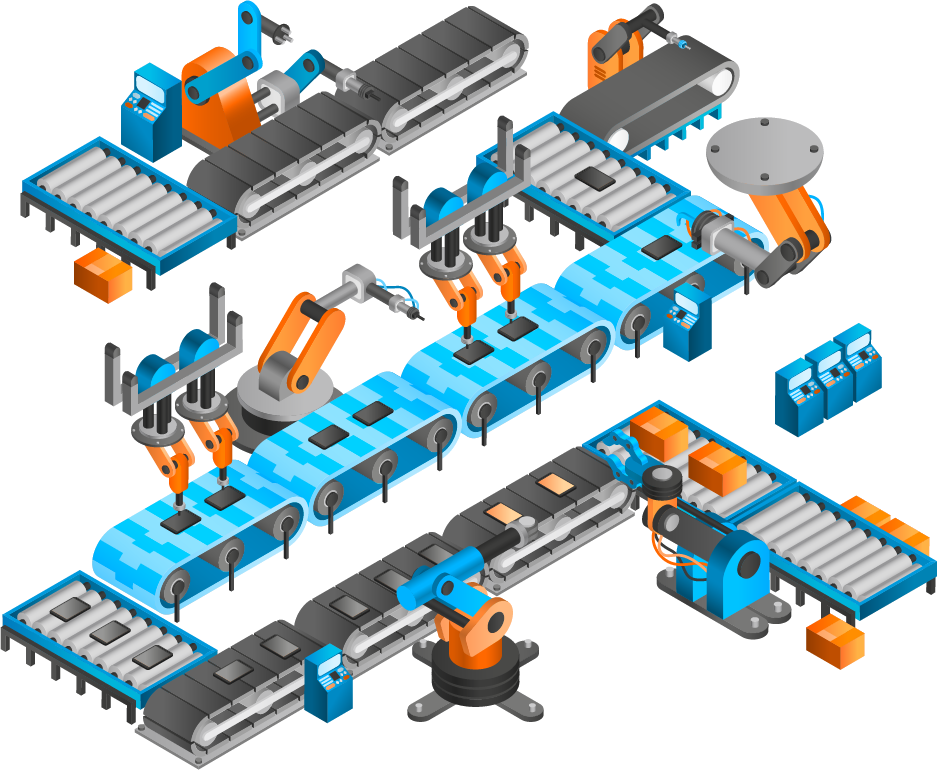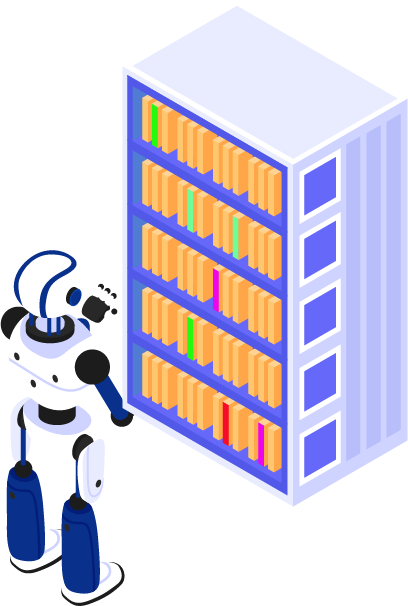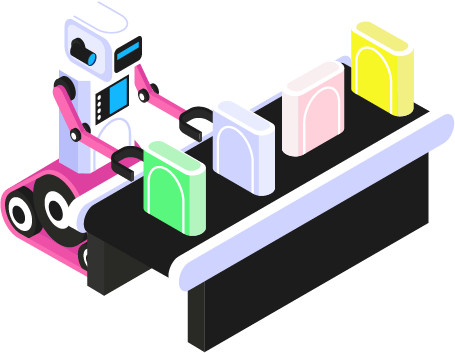And combining the two we have Semi-Structured Robotics. This is the use of robots in environments that have some structure but also contain some unstructured or unpredictable elements. This type of robotics is particularly useful in scenarios where the environment may have a fixed layout, but the objects or obstacles within it may vary in their location, orientation, or shape. For example, in an outdoor industrial-scale strawberry picking task, the robot may follow the fixed rows of the farm field, but the location of the strawberries on the plants may vary.
Similarly, in a factory setting, a robot arm may be fixed to a specific location, but the orientation of the objects inside the boxes it needs to pick may be random. In such cases, the robot must rely on advanced sensing and perception techniques to adapt to the changing conditions and successfully complete the task at hand.
( These robots above have some structured parts of their environment, but also many unstructured aspects mixed in )
